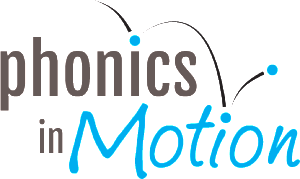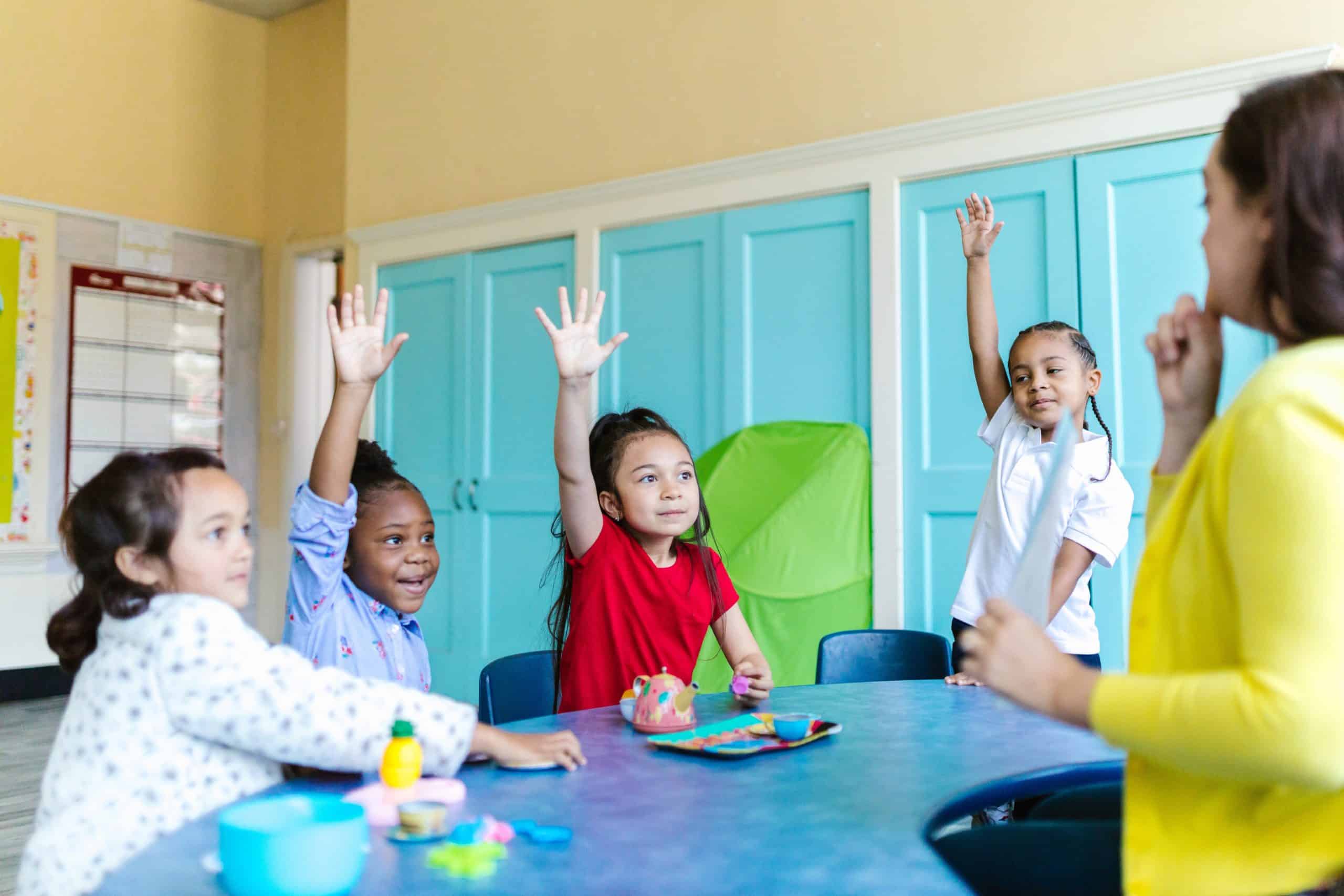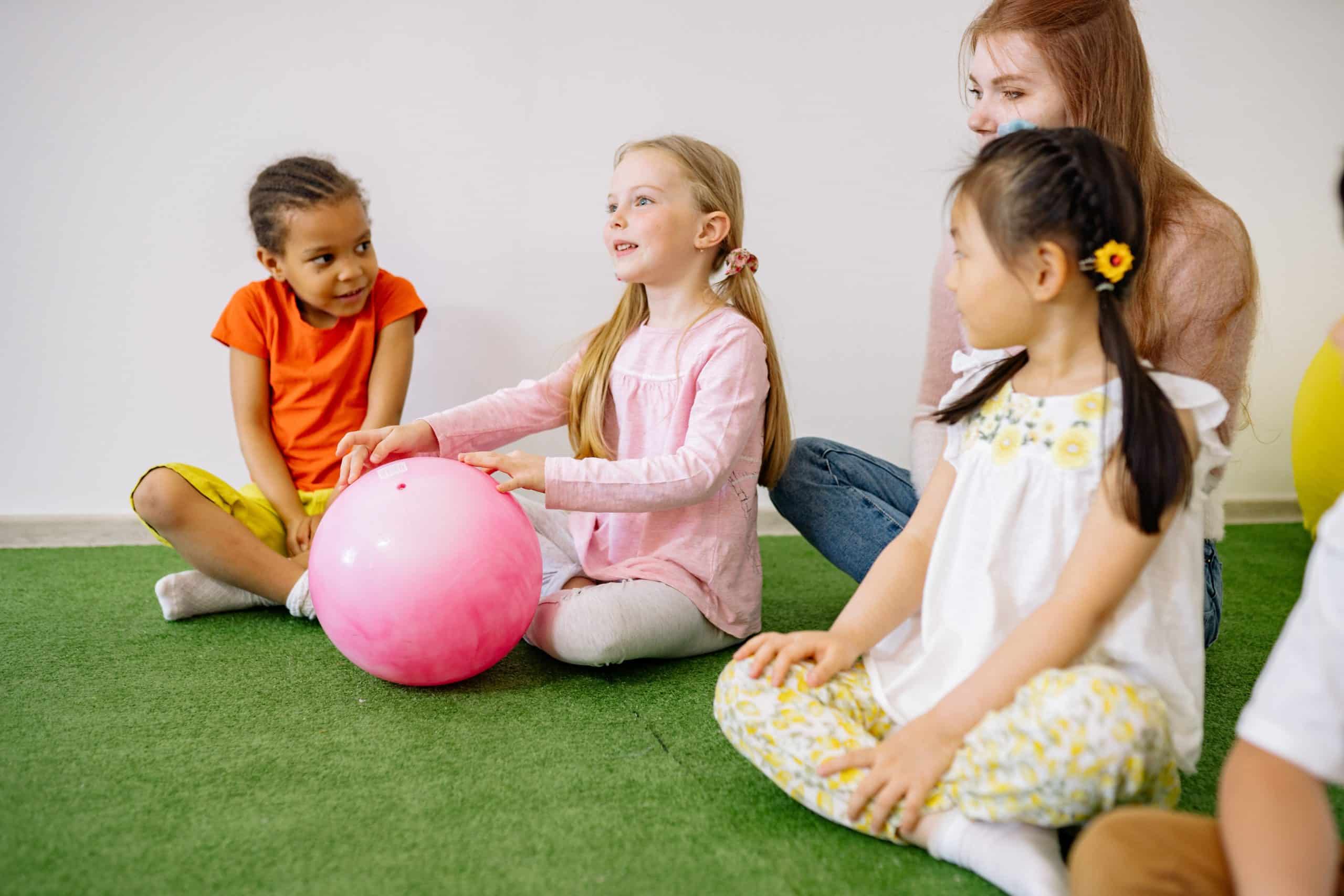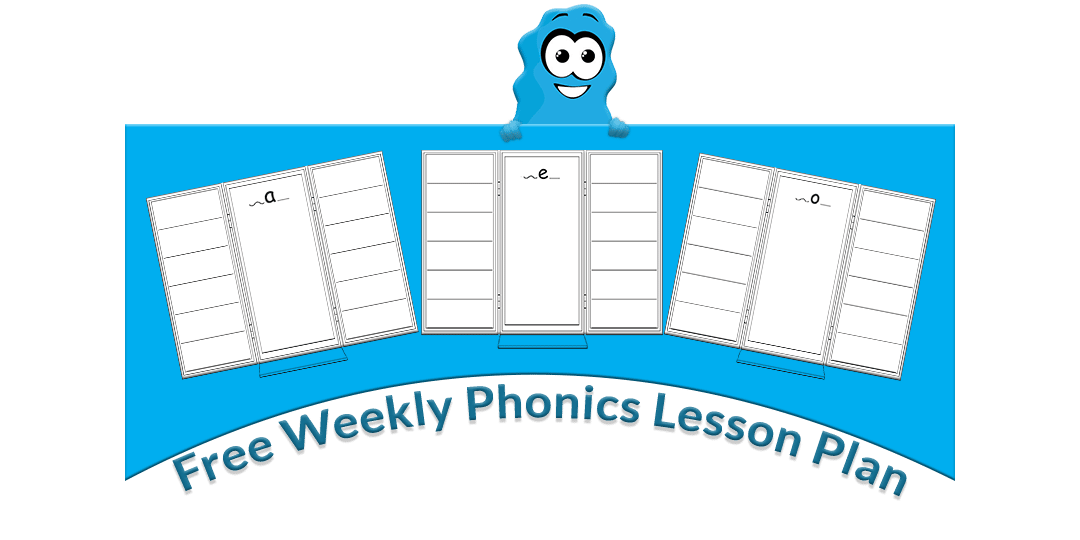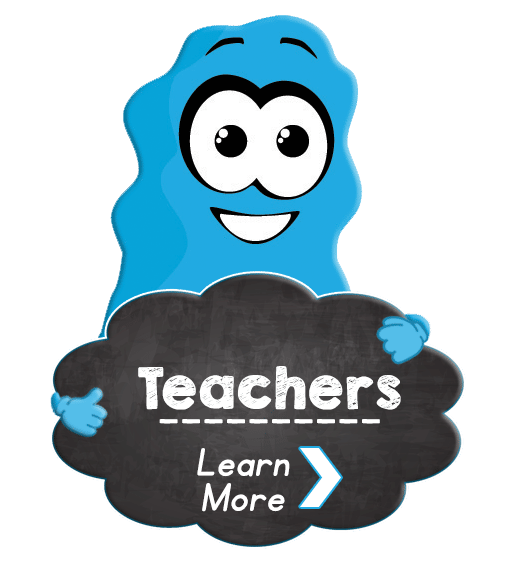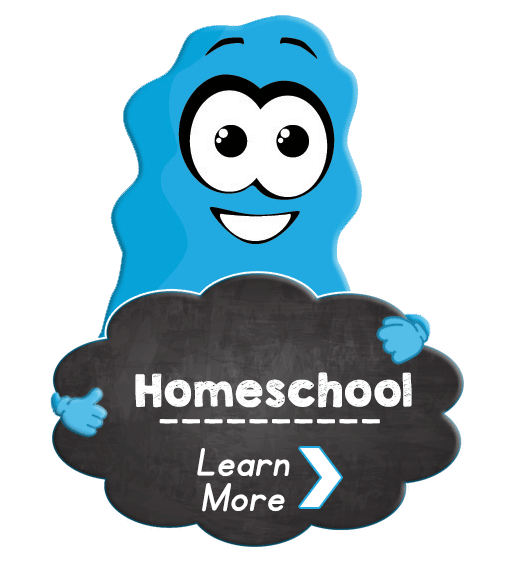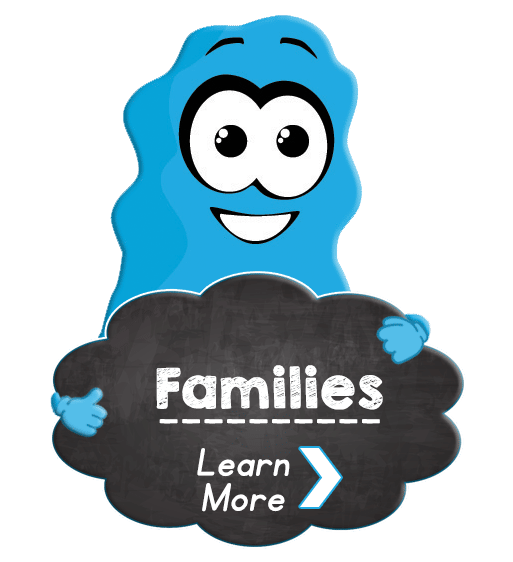Building a Diverse Classroom: The Benefits in Early Literacy Education
Promoting diversity in a classroom can have a positive effect on the quality of education. This could include different talents, experiences, and learning styles. Educators should be aware that some students may learn slower than others or at different speeds.
By acknowledging this diversity and approaching it as something to celebrate rather than just tolerate, educators can promote an environment that meets all early literacy outcomes for all students.
Celebrating diversity in the classroom is one important way to help all children feel welcome and included. It also prepares them for a world that will be increasingly diverse as they continue through their education.
When educators embrace diversity, they are able to provide a better educational experience for all of their students. This not only includes different cultures and backgrounds but abilities and learning preferences.
How to Use Diverse Teaching Methods In The Classroom
To achieve diversity in a classroom, educators should include the use of many different teaching styles. This includes reading, writing projects, hands-on activities, or games.
A variety of materials can be beneficial to all students’ learning abilities and interests. Educators may want to consider using music as well because it engages multiple senses at once while also promoting diversity within musical talents.
Highlighting different skills is not just about exposure but also accepting new concepts that are presented by diverse learners both inside and outside the classroom environment.
By encouraging discussions on various topics relating to diversity rather than avoiding them out of discomfort or lack of knowledge will help children learn more about themselves and develop empathy towards others who might experience something different than they do.
It is important to remember differences go beyond racial diversity but also include the diversity of thought. Children should be encouraged to discuss diverse opinions about current events or other relevant topics that are socially significant at the time without fear of judgment for their personal views.
Educators can facilitate this by making sure all students feel safe and comfortable enough in class discussions to express themselves freely without feeling belittled.
As an educator, it is important not only to promote diversity in your own classroom but also to engage with parents around promoting differences within home life as well.
By discussing diversity openly with both children and parents alike, educators will help create a more inclusive environment overall which empowers everyone involved to embrace differences rather than focus on similarities alone. This helps build better relationships between families and classmates.
How Kinesthetic Movement Promotes Diversity In The Classroom
Besides using a variety of teaching methods, educators can also promote diversity by incorporating kinesthetic movement into the classroom. Kinesthetic learning is when students learn through physical activity. This type of learning engages multiple senses simultaneously and has been shown to be very effective in promoting memory recall.
A great way to use kinesthetic movement to shake things up is to have children move around the room in small groups based on their responses to a prompt. For example, after reading a story or viewing an image that features diverse people, students could break into groups according to what they found interesting or inspiring about the portrayal of diversity within the material.
Each group could then present its findings to the rest of the class.
This activity would not only get learners up and moving, but lets student absorb information in the way that they learn best. It gives everyone an opportunity to give their opinion, and it promotes an equal learning opportunity to meet all needs.
Studies have shown that when teachers remove the risk from learning, students are better able to focus on their current tasks. This is especially important when working with diverse learners who may feel anxious or uncomfortable in a new setting. Incorporating movement into the classroom helps to reduce this risk and allows all children to be more engaged.
By using an array of teaching methods, embracing different concepts presented by diverse learners, and incorporating kinesthetic movement, you are creating equality.
Every student enters the classroom with different literary experiences. Some children have parents who read to them since birth and focus on preparing them for primary school and some face learning challenges. By offering an array of learning options, teachers can meet each student at their level.
One way to do this is by using a variety of teaching methods. This can be as simple as changing up the order in which you teach certain concepts, or it could mean introducing collaboration into your lessons.
It’s important for students with diverse learning styles to experience success at their own pace within the classroom environment, so they are able to tie a positive feeling to learning.
Managing Different Learning Styles In The Primary Classroom
All students learn in different ways and at different speeds. In order to promote diversity in the classroom, it’s important for educators to be aware of these differences and how best to manage them.
Some children may need more time to process information before they are able to share their thoughts with the rest of the class. Others might prefer to work through challenges aloud with opinions from other classmates.
There is no “right” way to learn, so it’s important for educators to be aware of different learning styles and how they manifest in their students.
This can be done by keeping track of student progress through informal observations or using a variety of assessments such as writing samples, interviews, or focus groups.
Incorporating kinesthetic movement in the classroom can also help to manage different learning styles. When students are physically active, they are less likely to become restless and more likely to focus on the task at hand.
By understanding that all students learn differently, educators can create a classroom environment where diversity is celebrated. This not only benefits the individual students but also helps prepare them for life outside of school.
Phonics in Motion Celebrates Diverse Learning Styles
Phonics in Motion embraces diverse learning styles and diversity of teaching methods in order to promote a classroom environment that serves all students.
This creative movement program is designed to help children learn how to read, regardless of their learning style or pace. By incorporating physical activity into lessons and celebrating a range of skills within the group, Phonics In Motion makes it easy for educators to meet each student at their level.
Phonics in Motion believes in celebrating every success, no matter how small. This helps to create a positive association with learning for all children, regardless of their diversity.
Embracing differences in primary classrooms can improve the quality of education by letting children experiment with their own learning styles. If faced with traditional teaching methods, students may never learn that they can learn in different ways.
By embracing diversity and creating an environment where everyone is able to succeed, you can create a classroom that serves all students by meeting early literacy outcomes.
Throughout her research, Dr. Terry Kindervater found that children were better able to comprehend early literacy concepts when using Kinesthetic Motions for the Phonemes (KMPs). By developing Phonics in Motion, she knew that she was able to target all learning styles with one method.
Since Phonics in Motion is backed by the Science of Reading, it embraces the idea that brain-based learning techniques can help children meet early literacy outcomes faster.
Phonics in Motion agrees that teaching early literacy concepts is best done through connected learning methods, and the program allows every student to improve their reading or handwriting ability based on their current skill level.
Conclusion
Phonics in Motion’s exclusive e-book, based on the intensive research of Dr. Terry Kindervater, helps teachers bring fun and excitement back into their classrooms. By approaching diverse learning styles with kinesthetic-based early literacy education, Phonics in Motion provides step-by-step instructions to embrace diversity in the classroom.
